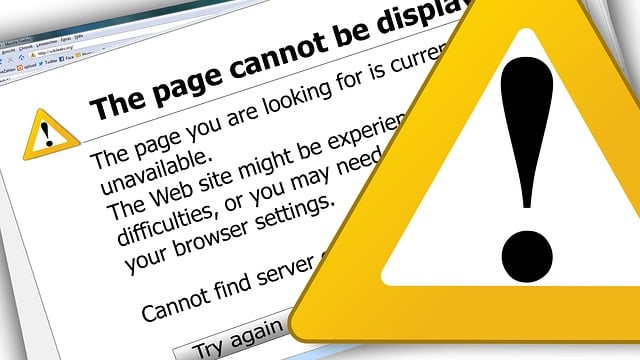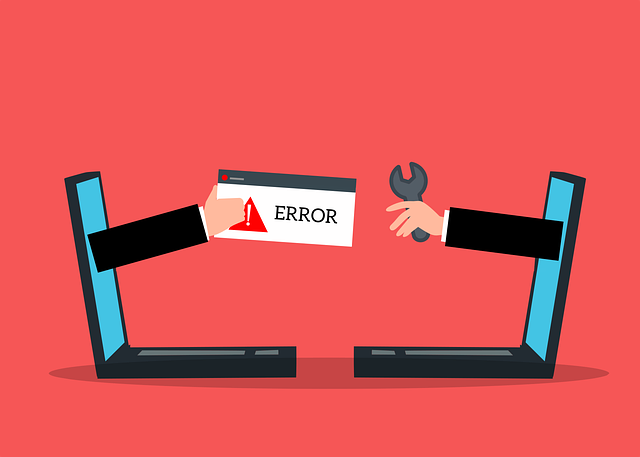Errors and Omissions (E&O) Insurance, also known as Professional Liability Insurance, is a crucial safety net for professionals in diverse sectors, protecting them from financial losses due to errors or oversights that harm clients. This specialized coverage bridges gaps left by traditional general liability insurance, shielding against claims related to negligence, judgment errors, misrepresentations, and failure to disclose. Professionals like lawyers, accountants, consultants, and healthcare providers can focus on quality work without constant worry about potential liabilities, including legal fees, settlement costs, and damages awarded to clients. Choosing the right E&O policy involves understanding specific profession risks, with case studies showing its value in protecting businesses from financial ruin and litigation.
In today’s complex professional landscape, navigating legal risks is paramount. Errors and Omissions (E&O) Insurance serves as a vital shield for professionals across diverse sectors, protecting against financial losses arising from negligence or errors in service delivery. This comprehensive guide delves into the intricacies of E&O Insurance for Professionals, exploring key aspects like understanding coverage needs, identifying common risks, choosing the right policy, filing claims, and best practices for risk management. By the end, you’ll grasp why this insurance is essential for mitigating professional exposure and ensuring long-term success.
Understanding Errors and Omissions Insurance

Errors and Omissions (E&O) Insurance, also known as Professional Liability Insurance, is a crucial safety net for professionals across various industries. It protects against claims arising from errors or omissions in the course of providing professional services. These mistakes can lead to financial loss, legal disputes, or damage to a client’s reputation, and E&O coverage helps mitigate these risks. By having this insurance, professionals can focus on delivering quality work without constantly worrying about potential liabilities.
For instance, a lawyer might make an error in a legal document, leading to a client’s financial loss. An accountant could overlook a crucial detail, causing a client to file incorrect tax returns. In both cases, E&O Insurance can step in and provide coverage for legal fees, settlement costs, or damages awarded to the affected party. This insurance is essential for professionals to maintain trust with their clients and protect their assets.
Why Professional Services Need This Coverage

In the competitive professional services landscape, errors and omissions (E&O) insurance for professionals is not just a consideration—it’s a necessity. This specialized coverage safeguards against the financial consequences of professional negligence, which can include mistakes, oversights, or failures to deliver promised services as expected. Whether it’s a legal misstep, an accounting error, or a medical misdiagnosis, E&O insurance provides a safety net by covering legal fees, settlement costs, and any damages awarded in civil lawsuits.
Professionals across diverse fields, from healthcare providers and lawyers to consultants and financial advisors, face unique risks that traditional general liability insurance may not adequately address. Errors and omissions insurance specifically addresses these gaps, offering protection against claims related to professional duties and obligations. By securing this coverage, professionals can maintain client trust, preserve their reputation, and safeguard their financial security in an increasingly litigious environment.
Key Benefits of Errors and Omissions Insurance

Errors and Omissions (E&O) insurance is a crucial safety net for professionals across various industries, offering protection against financial loss due to mistakes or oversights that lead to client harm or dissatisfaction. This specialized coverage is designed to shield individuals and businesses from the often significant costs associated with legal disputes, settlements, and damage control. For professionals such as lawyers, accountants, consultants, and healthcare providers, E&O insurance provides peace of mind by ensuring that a single error or omission doesn’t lead to devastating financial repercussions.
One of the key benefits of Errors and Omissions Insurance for Professionals is its comprehensive coverage. It protects against claims related to negligence, errors in judgment, misrepresentations, and even failure to disclose important information. This wide-ranging protection allows professionals to focus on delivering quality services without constantly worrying about potential liabilities. Additionally, E&O insurance includes legal defense costs, helping insured individuals navigate complex legal proceedings with financial stability and the support of expert legal counsel.
Types of Errors and Omissions: Common Scenarios

Errors and Omissions (E&O) insurance is a vital coverage for professionals across various industries, offering protection against financial losses arising from mistakes or oversights in their work. This type of insurance is designed to shield individuals and businesses from claims of negligence. Common scenarios where E&O insurance becomes crucial include professional services like accounting, law, medicine, and consulting.
For instance, an accountant might make an error in tax preparation, leading to financial harm for a client. Similarly, a lawyer could fail to file a critical document, causing a delay or adverse outcome in a case. In both cases, E&O insurance can help cover legal fees, settlement costs, and any damages awarded to the affected party. By providing this coverage, professionals can safeguard their assets, maintain their reputation, and ensure they’re prepared for potential risks associated with their work.
Choosing the Right Policy for Your Profession

Choosing the right insurance policy is a critical step for any professional, as it provides protection against potential risks and liabilities unique to your occupation. One often overlooked yet essential coverage option is Errors and Omissions (E&O) Insurance for Professionals. This type of insurance shields you from financial loss arising from mistakes, oversights, or negligence in your work, which can be particularly costly in certain industries.
When selecting a policy, consider the specific needs of your profession. For example, healthcare providers may require medical malpractice coverage, while legal professionals often opt for E&O insurance to safeguard against claims of negligence in legal advice or representation. Understanding the potential risks and choosing a policy that aligns with your practice area ensures comprehensive protection, giving you peace of mind and allowing you to focus on delivering quality services.
How to File a Claim: A Step-by-Step Guide

How to File a Claim: A Step-by-Step Guide
When facing potential losses or damages due to professional errors and omissions, knowing how to file an insurance claim is crucial for prompt resolution and compensation. The process typically begins with gathering all relevant information and documents related to the incident. This includes contracts, correspondence, reports, and any evidence that demonstrates the scope of the error or omission.
Next, contact your Errors and Omitions Insurance provider immediately. Most policies require notification within a specific time frame, usually soon after discovering the issue. Your insurance company will guide you through the next steps, which may involve filing a formal claim form, providing detailed descriptions of the incident, and offering supporting documents. They will assess the validity and scope of your claim, and if approved, facilitate the resolution process, whether through settlement negotiations or legal proceedings.
Case Studies: Real-World Examples of E&O Claims

In the fast-paced, high-stakes world of professional services, Errors and Omissions (E&O) Insurance acts as a crucial shield for businesses and their employees. To understand its significance, examining real-world case studies offers valuable insights. One such example involves an accounting firm that inadvertently miscalculated tax liabilities for several clients, leading to significant financial losses and legal repercussions for both the firm and its accountants. Thankfully, with robust E&O coverage in place, the firm was able to settle claims promptly and cover the associated legal fees and compensation without facing insurmountable financial strain.
Another case highlights the importance of professional advice. A law firm provided faulty legal counsel, resulting in a client’s business failing. The client sued, alleging negligence. The firm’s E&O policy stepped in to defend against the claim, covering legal costs and settlement expenses. This real-world scenario underscores how Errors and Omissions Insurance for Professionals not only mitigates financial risks but also enables businesses to navigate complex litigation with confidence, ensuring they can focus on serving their clients effectively rather than defending against costly disputes.
Best Practices for Risk Management and Prevention

In the realm of professional services, managing risks effectively is paramount to ensuring business longevity and financial stability. Best practices in risk management involve a multifaceted approach, starting with thorough risk assessment. Professionals should conduct comprehensive analyses of potential hazards specific to their industry, such as Errors and Omissions Insurance for Professionals. Identifying areas prone to errors or omissions—whether it’s negligence in legal advice or inaccurate data analysis—is crucial. Once identified, these risks can be mitigated through process improvements, staff training, and robust quality control measures.
Implementing robust internal controls is another vital strategy. This includes establishing clear protocols for handling client information, implementing secure digital systems, and regular data backups. Additionally, keeping abreast of industry regulations and best practices ensures compliance and reduces the likelihood of costly legal issues or financial losses. Regular reviews and updates to risk management strategies are essential, as business environments evolve over time, presenting new challenges that require dynamic solutions.
